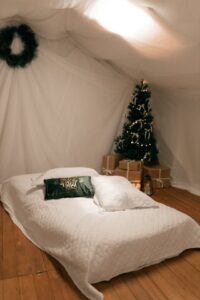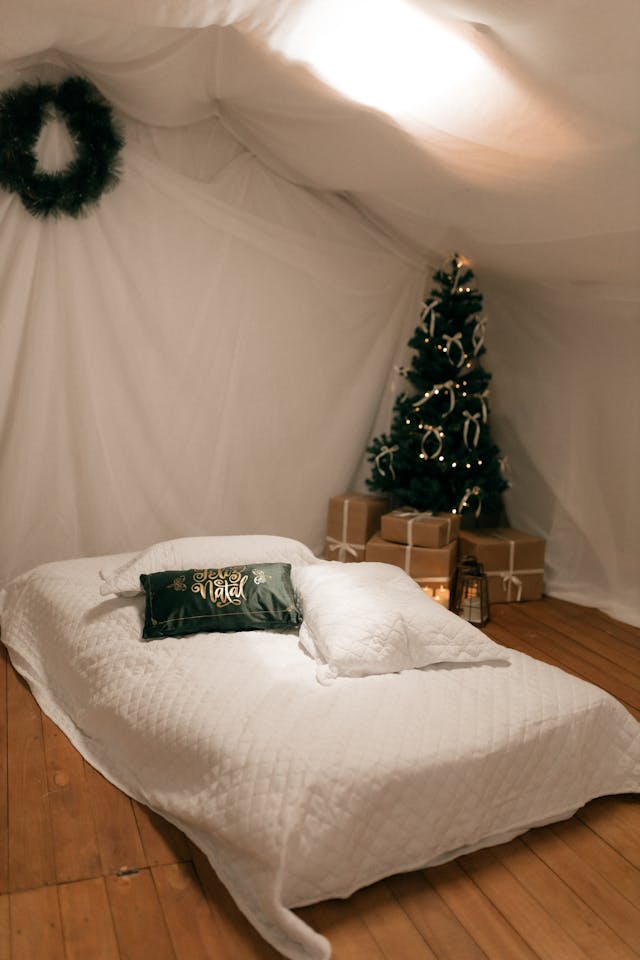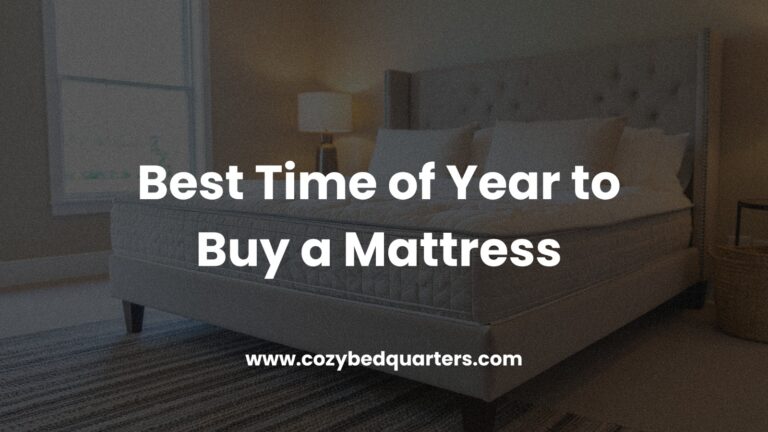Comparing Bed Frame Materials: Find Your Perfect Match
Comparing Bed Frame Materials Find Your Perfect Match starts by understanding how your choice impacts comfort, longevity, and bedroom design. Whether you prefer the warmth of wood, the sleek look of metal, or the eco-appeal of bamboo, this guide helps you select the right foundation to enhance your sleep and your space.
Key Takeaways: Comparing Bed Frame Materials Find Your Perfect Match
Comparing Bed Frame Materials Find Your Perfect Match highlights how wood, metal, upholstered, bamboo, reclaimed, and mixed-material frames differ in feel, durability, and care. Your bed frame’s material influences not only aesthetics but also noise levels, stability, and sustainability. Matching your material to lifestyle, budget, and room size ensures lasting satisfaction when Comparing Bed Frame Materials Find Your Perfect Match.
Solid Wood Bed Frames
When Comparing Bed Frame Materials Find Your Perfect Match, solid wood frames consistently rank among the best for strength, warmth, and timeless charm. Hardwoods like oak, walnut, and maple offer structural integrity and quiet support that can last decades with minimal care.
Solid wood’s natural grain brings character to any décor. From rustic to modern, this material adds a tactile richness and a grounded feel to your bedroom. A simple polish once or twice a year maintains its glow, while the sturdy construction reduces squeaks and movement over time.
Discover more about sustainable wood options in our guide to eco-friendly wood frames.
Metal Bed Frames
When Comparing Bed Frame Materials Find Your Perfect Match for modern homes, metal frames combine minimalist aesthetics with impressive strength. Powder-coated steel and wrought iron options resist corrosion and pair well with industrial or contemporary décor.
Metal bed frames are easy to assemble, lightweight, and often come with underbed storage. They also complement any mattress type, including foam, hybrid, and innerspring. For renters and frequent movers, a durable steel platform bed offers flexibility without sacrificing stability.
Learn more about how metal designs evolve in our metal bed frame design guide and see external testing from Sleep Foundation.
Upholstered Bed Frames
For those Comparing Bed Frame Materials Find Your Perfect Match with an eye for comfort, upholstered frames bring softness, color, and style into the bedroom. Their padded headboards make lounging and reading in bed inviting and restful.
Available in fabrics like linen, velvet, and microfiber, upholstered frames also help dampen sound and add a cozy focal point to your space. Opt for performance fabrics or removable covers for easy maintenance, ensuring your investment stays beautiful for years.
Explore more care tips from Parachute Home on maintaining upholstered frames.
Bamboo, Reclaimed & Mixed-Material Frames
Eco-conscious shoppers Comparing Bed Frame Materials Find Your Perfect Match often gravitate toward bamboo and reclaimed wood. These choices offer sustainability and strength while minimizing environmental impact. Bamboo’s tensile resilience rivals steel, and reclaimed wood brings distinctive texture and history to any space.
Mixed-material frames—like metal bases with wooden accents—combine durability with natural warmth, offering a balanced aesthetic. Selecting these materials supports responsible sourcing without compromising design quality.
Explore more on sustainable frame materials in Cozy Bed Quarters’ sustainability guide.
Cost, Durability & Care
When Comparing Bed Frame Materials Find Your Perfect Match, it helps to compare price and upkeep side by side. Wood tends to cost more upfront but lasts decades. Metal offers the best value for strength and simplicity. Upholstery adds comfort, while bamboo and reclaimed blends bring sustainability at midrange costs.
| Material | Avg Price | Durability | Maintenance |
|---|---|---|---|
| Solid Wood | $400–1,400+ | 20+ years | Dust, polish |
| Metal | $180–900+ | 15+ years | Wipe clean |
| Upholstered | $450–1,600+ | 10–15 years | Vacuum, spot-clean |
| Bamboo/Reclaimed | $280–1,000+ | High (varies) | Light cleaning |
Eco-Friendly vs. Conventional Frames
When Comparing Bed Frame Materials Find Your Perfect Match, eco-friendly designs focus on renewable resources, low-VOC finishes, and recyclable components. Conventional frames can still be worthwhile if built to last and maintained responsibly.
Opt for FSC-certified wood or reclaimed materials whenever possible. Refinish instead of replace—longevity is one of the biggest sustainability wins. Learn more in our eco-friendly frame guide.
Buyer’s Guide: What to Check
Comparing Bed Frame Materials Find Your Perfect Match is easier when you know what to inspect before buying. Look for reinforced corners, proper slat spacing (under 3 inches), and center rails for larger sizes. Reliable joinery keeps your frame quiet and stable for years.
Explore the Sleep Foundation’s best bed frames list for expert-tested examples.
FAQ
- What’s the most durable bed frame material?
- Solid hardwoods like oak and maple or high-grade steel frames offer the best strength when Comparing Bed Frame Materials Find Your Perfect Match for longevity.
- Are upholstered bed frames hard to clean?
- No. Vacuum weekly and spot-clean spills. Choose performance fabrics to reduce upkeep.
- Is bamboo strong enough for king-size frames?
- Yes. Engineered bamboo supports large mattresses effectively while promoting eco sustainability.
- Do I need a box spring with a platform bed?
- No. Platform frames support your mattress directly, offering firm stability when Comparing Bed Frame Materials Find Your Perfect Match for comfort.
Final Thoughts
Comparing Bed Frame Materials Find Your Perfect Match is about more than looks—it’s about creating the right foundation for restful, quiet, and eco-conscious sleep. Whether you choose solid wood for tradition, metal for modern minimalism, or bamboo for sustainability, your frame shapes the comfort of every night. Visit Cozy Bed Quarters for guides that help you design your dream sleep space with confidence.
Related Reading
Wood bed frames with storage: style + function
King size bed measurements guide
Advantages of sustainable bed frame materials
Sleep Foundation: Best bed frames
Parachute Home: Types of beds
Better Homes & Gardens: Best bed frames























